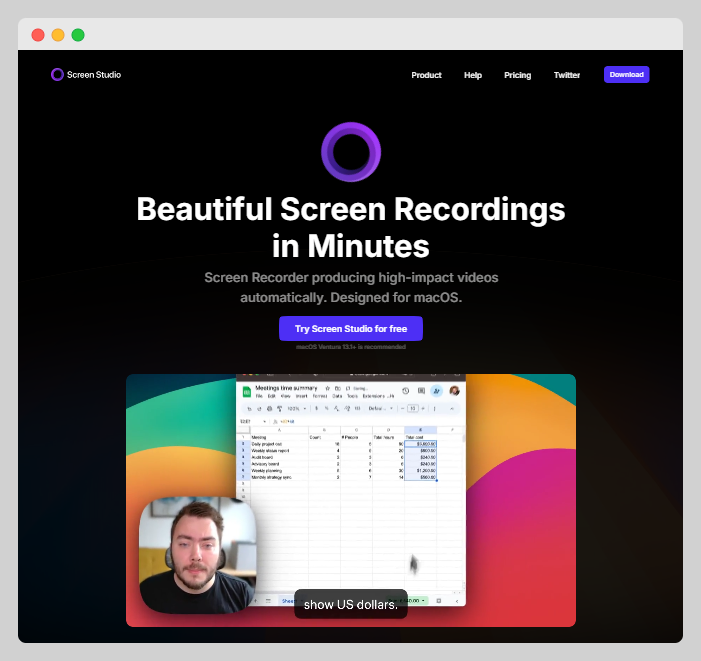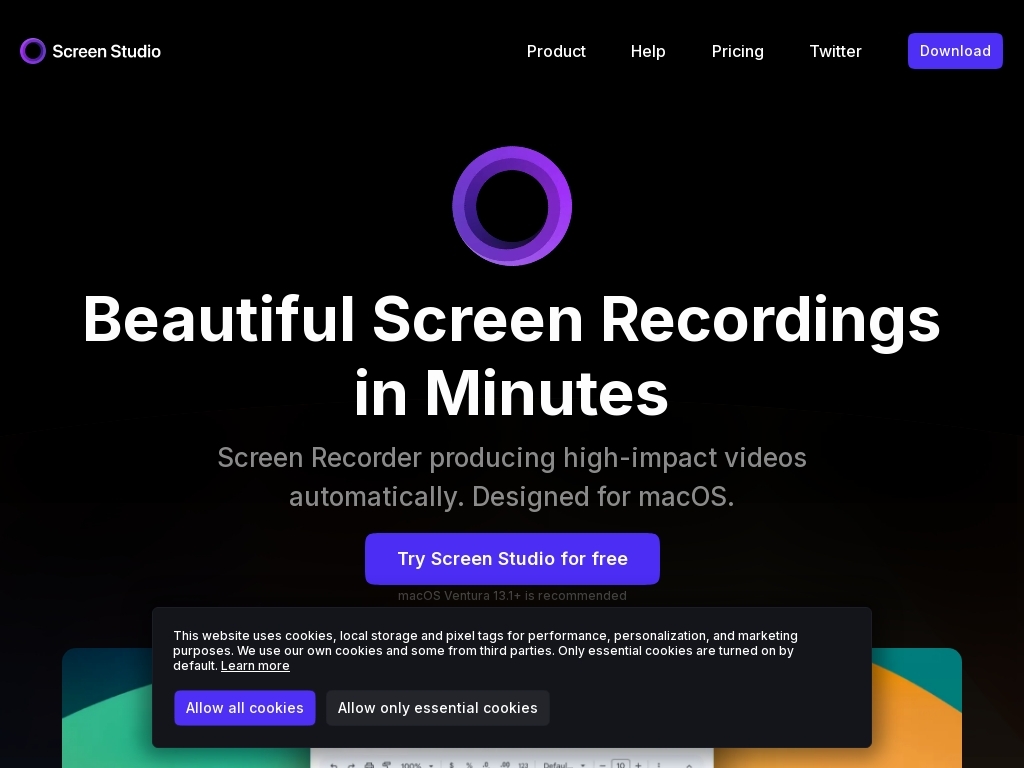How 3 Founders Grew Screen Studio to 8,000 Customers in 9 Months
Who is Adam Pietrasiak?
Adam Pietrasiak, the founder of Screen Studio, is a self-taught coder and design enthusiast from Poland, who started building websites at age 11 and spent years gaining experience in startups before successfully launching his own product.
What problem does Screen Studio solve?
Screen Studio eliminates the hassle of creating professional-looking screen recordings by letting users produce polished videos quickly without needing advanced video editing skills, making it ideal for showcasing apps and tutorials.


How did Adam come up with the idea for Screen Studio?
Adam's journey to developing Screen Studio began with a series of personal and professional experiences that led him to recognize a common challenge: the cumbersome process of creating professional-looking screen recordings. He was inspired after observing the high-quality screen recordings shared by companies like Stripe and wondered how much of that process could be automated without compromising quality....
Disclaimer: The initial draft of this article was compiled by the Starter Story team based on publicly available interviews, podcasts, and other content from the founder. See the sources we used here.

Download the report and join our email newsletter packed with business ideas and money-making opportunities, backed by real-life case studies.

Download the report and join our email newsletter packed with business ideas and money-making opportunities, backed by real-life case studies.

Download the report and join our email newsletter packed with business ideas and money-making opportunities, backed by real-life case studies.

Download the report and join our email newsletter packed with business ideas and money-making opportunities, backed by real-life case studies.

Download the report and join our email newsletter packed with business ideas and money-making opportunities, backed by real-life case studies.

Download the report and join our email newsletter packed with business ideas and money-making opportunities, backed by real-life case studies.

Download the report and join our email newsletter packed with business ideas and money-making opportunities, backed by real-life case studies.

Download the report and join our email newsletter packed with business ideas and money-making opportunities, backed by real-life case studies.










